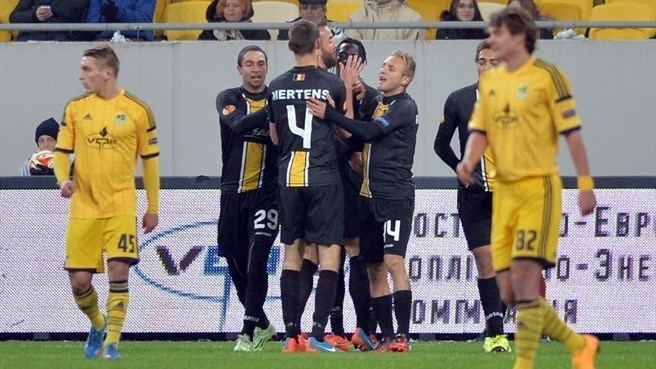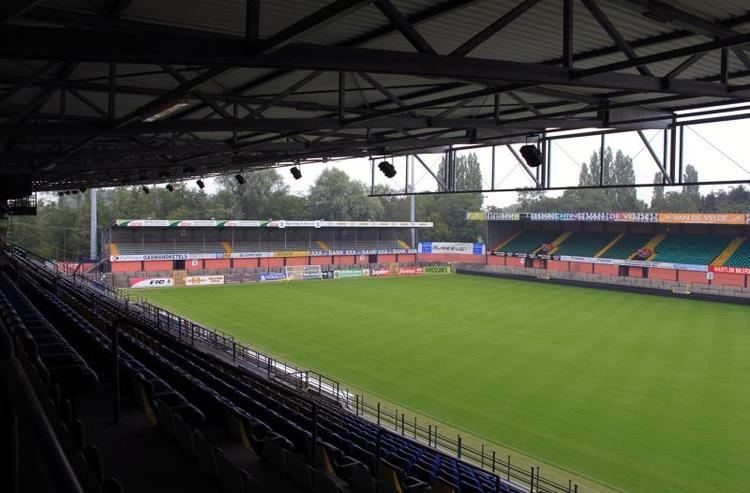Country Belgium Region | Area 67.50 km2 Mayor Filip Anthuenis (VLD) | |
 | ||
Map of Lokeren
Lokeren ( [ˈloːkərə(n)]) is a municipality located in the Belgian province of East Flanders. The municipality comprises the city of Lokeren proper and the towns of Daknam and Eksaarde. It is located on the Durme, a tributary of the Scheldt, and is the second most important city of the Waasland after Sint-Niklaas. Mayor Filip Anthuenis ( Open-VLD) was elected for a third mandate during the elections on 14 October 2012. Horse sausages are officially recognized as a regional specialty of Lokeren.
Contents
- Map of Lokeren
- Official aftermovie bienfuif 2014 lokeren
- Hull city fans in lokeren market place
- Origins
- 16th century until now
- Sights
- Notable inhabitants
- Sports and events
- Twin towns
- References

Official aftermovie bienfuif 2014 lokeren
Hull city fans in lokeren market place
Origins
Archaeological finds on the Lokeren territory prove that this area was populated in Neolithic times. A Roman road ran along the Durme river. The name Waas was given to this area by the Romans from the Germanic root Wasu meaning "marshy land". The first mention of the name Lokeren, however, dates from 1114. Unlike the older settlements, the new village came to be built on the right bank of the Durme. By the middle of the 12th century, it had become an independent parish, with agriculture and flax as the two main drivers of the economy. The textile industry would remain important until well into the 20th century.
16th century until now
In 1555, Charles V gave Lokeren the right to hold a market. In the 16th and 17th century, the whole Waasland was in the line of fire between Protestant Netherlands and Catholic Spain, often with terrible consequences for the local population. After the French Revolution, the area was made part of the new Département de l'Escaut, with Lokeren at the head of a canton. This did not last long as the department was split in 1800 and Lokeren made part of the arrondissement of Dendermonde. Napoleon Bonaparte promoted the town to the status of city in 1804.
Until the 1970s, haircutting (an industrial practice of cutting hair from rabbit skins to make felt, a basic material for hat makers) and slaughterhouses were among Lokeren's main industries. Today, the city enjoys a more varied economical and cultural infra-structure.
Sights
Notable inhabitants
Sports and events
On 14 July 1970, Lokeren was the scene of a sporting disaster, when a minibus carrying a team of speedway riders from West Ham, London, was involved in a collision with a petrol tanker. 4 riders were killed, two seriously injured and Phil Bishop a famous speedway ace from the 1930s, who was managing the team was also killed.
Twin towns
Lokeren is twinned with
